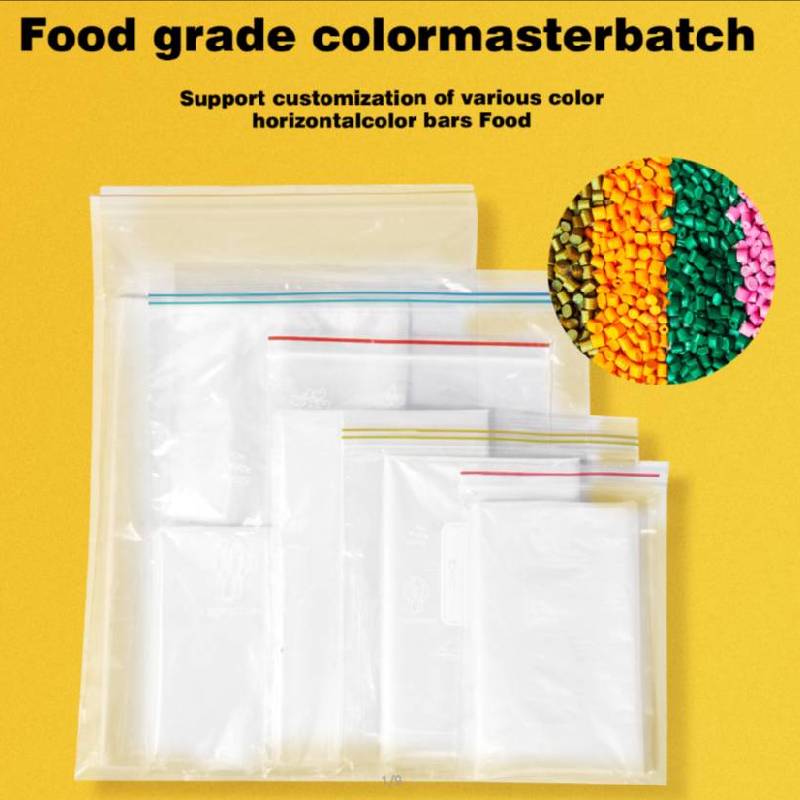packing paper for glassware
Packing Paper for Glassware Ensuring Safe Transits
Packing glassware requires special attention to detail, especially when it comes to choosing the right materials to ensure that fragile items make the journey safely. Among the various packing materials available, packing paper stands out as one of the most effective, versatile, and eco-friendly options for wrapping and cushioning glass items.
Why Use Packing Paper?
Packing paper is designed specifically for the protection of fragile items during transportation. Unlike bubble wrap or foam peanuts, packing paper offers a solid support that molds around the glass surface, protecting it from scratches and breakage. It is often made from recycled materials, making it an environmentally friendly choice for those who prioritize sustainability. Additionally, packing paper is easy to work with; it can be torn, crumpled, and shaped to fit any item perfectly. This adaptability makes it an excellent option for packing glassware of all shapes and sizes, from delicate wine glasses to larger serving dishes.
How to Pack Glassware with Packing Paper
When packing glassware, preparation and technique are crucial. Follow these steps to ensure your glass items are securely wrapped
1. Gather Your Materials Before you start, collect your packing materials, including packing paper, a sturdy box, and additional cushioning materials like packing peanuts or bubble wrap, if necessary.
2. Lay Out the Packing Paper Start by laying out a large sheet of packing paper on a flat surface. Depending on the size of the glassware, you might need to use multiple sheets.
packing paper for glassware

3. Wrap the Glassware Place the glass item in the center of the packing paper. Begin by folding one edge of the paper over the glass and then continue wrapping it securely, making sure to cover all parts of the glass surface. For particularly delicate items, consider using two layers of packing paper for extra protection.
4. Cushion the Bottom of the Box Before placing the wrapped glassware into the box, add a layer of crumpled packing paper or other cushioning material at the bottom. This provides a shock absorber that helps to further protect the items.
5. Place the Glassware in the Box Position the wrapped glassware upright in the box, if possible. Be sure to leave ample space between items to prevent them from knocking against each other. If you have multiple pieces, pack them in separate layers, using additional packing paper in between to avoid direct contact.
6. Fill the Gaps Once all items are safely inside the box, fill any gaps with crumpled packing paper or other cushioning materials to prevent movement during transit. Ensure that the entire contents of the box are snug, but not so tight that they could break.
7. Seal the Box Finally, close the box securely with packing tape. Label the box as “Fragile” to alert handlers to the delicate contents within.
Conclusion
Using packing paper for glassware is an effective way to ensure that your beloved items arrive at their destination in one piece. The flexibility and protective qualities of packing paper, combined with proper packing techniques, can significantly reduce the risk of breakage. Moreover, as an eco-friendly option, packing paper resonates with those looking to minimize their environmental impact. Whether you're moving across town or shipping a gift across the country, taking the time to pack glassware properly with packing paper can make all the difference in ensuring a safe and successful transit.
-
Stretch Film Solutions: A Comprehensive GuideNewsJun.03,2025
-
Stretch and Shrink Packaging SolutionsNewsJun.03,2025
-
Revolutionizing Packaging with Modern Wrapping SolutionsNewsJun.03,2025
-
Innovative Solutions for Silage and Window TintingNewsJun.03,2025
-
Efficient Packing with Stretch Wrap SolutionsNewsJun.03,2025
-
Effective Packaging with Stretch Wrap SolutionsNewsJun.03,2025
-
Have the freedom of customizing your custom mailers any way you want! Our dedicated packaging support will help deliver you the mailing experience you need to elevate your shipping experience to the next level! Start making a strong impression on your customers and stand out from your competitors! -
LIYA uses high quality raw materials which directly purchased from large enterprises domestic and overseas such as PetroChina, Sinopec, Sabic, Equate, ExxonMobil, Dow Chemical, Total, and Borouge, ensuring the price advantage and quality of the raw materials. -
LIYA uses high quality raw materials which directly purchased from large enterprises domestic and overseas such as PetroChina, Sinopec, Sabic, Equate, ExxonMobil, Dow Chemical, Total, and Borouge, ensuring the price advantage and quality of the raw materials.





